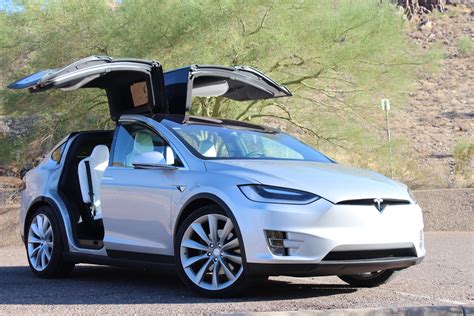This week congressional Democrats returned to Washington from their spring recess and resumed their internal debate about how to address gas prices, which remain just off recent record highs .
While that debate continues, the administration’s most prominent advice to struggling consumers remains that they should buy an electric vehicle to replace their current gas-powered car or truck. President Biden last month said electric car drivers “will save about $80 a month from not having to pay gas at the pump,” while Transportation Secretary Pete Buttigieg similarly lauded the “gas savings of driving an EV.” But neither explained how Americans on inflation-constrained budgets could afford the purchase price, which averages almost $60,000 for new electric vehicles (if they can find one ). Even counting currently available federal subsidies , the monthly payment for just an average new electric vehicle approaches $1,000. That’s hardly an added expense most households — and least of all the poor — can afford.
Democrats’ Build Back Better legislation, which passed the House last year but failed in the Senate, offered new subsidies for green energy , including even greater government checks of up to $12,500 towards the purchase of electric vehicles. Liberal policymakers argue those subsidies will speed the transition to a green economy. But even if enacted, in the short run this approach would leave most current drivers facing skyrocketing fuel prices without relief. Poor and middle-income families—who suffer the most from higher energy prices — would still have little hope of affording a new electric vehicle.
One of the many ironies of this approach is its stark contrast with proposed liberal policies of the recent past.
A decade before the Green New Deal, Democrats recognized their energy policies would drive up the price of fossil fuels. For example, during his 2008 presidential campaign, Barack Obama admitted that under his policies, electricity prices would “ necessarily skyrocket ,” due to the increased cost of coal and natural gas. As one climate expert summarized , Obama’s goal was “Limiting the use of fossil fuels,” which required “making them more expensive and pushing people toward green alternatives that remain pricier and less efficient.”

President Obama and his contemporaries recognized the immediate financial pain resulting from such policies, especially for low-income households, and tried to offer them some protection against skyrocketing costs. When House Democrats passed “cap and trade” energy tax legislation in 2009, they included a permanent new welfare program “aimed at offsetting the impact of higher energy prices on low-income families,” as the nonpartisan Congressional Budget Office put it. By 2012, single individuals would get new monthly federal checks if their income did not exceed $23,000, as would families with two children and income under $42,000. Other lawmakers and activists proposed even bigger programs, one of which would have paid such “energy stamps” to two-thirds of US households.
That approach didn’t advance and is now long forgotten. Despite then-candidate Joe Biden’s 2019 guarantee that “we are going to end fossil fuel,” as president he hasn’t proposed a similar program to alleviate the ongoing pain such a policy would entail, for the poor or anyone else. In response to recent record prices, possible congressional proposals for one-time “gas rebates” or the temporary suspension of federal gas taxes qualify mostly as temporary political cover. They also face an uphill battle in becoming law, and even if enacted, the nonpartisan Tax Foundation suggests such “temporary tax expedients have the potential to add to existing inflationary pressures while doing relatively little to help those in need.”
Read More From The PatriotAmerican

Americans of all incomes are being squeezed by high inflation (which costs the average household $5,200 more this year). But the pain is especially acute for middle and lower-income households, who spend a greater share of their income on energy and other essentials. One recent study found households earning under $20,000 “saw their earnings rise by only one third of their increase in cost of living.” Especially for them, “buy a Tesla” is not an acceptable answer to record gas prices. Instead, it’s a reflection of a political class far out of touch with the lives of everyday Americans, including the poor—who like other Americans want affordable fuel for the vehicles they have, not lectures about buying new ones they can’t afford.

